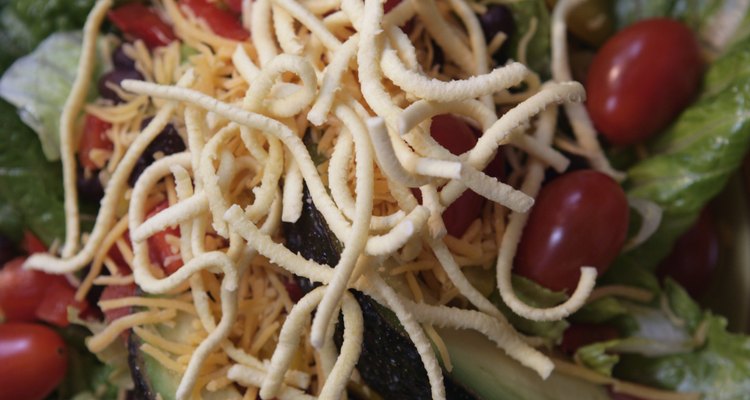
Comstock Images/Stockbyte/Getty Images
You can grow any fresh bean until it sprouts, but the most common edible versions are mung bean sprouts, according to the University of Florida. These white-colored beans are essential to many Asian recipes. You can use them cooked or raw in a variety of other dishes, and they can be healthy additions to a balanced diet.
Calorie Control
Bean sprouts are low in calories. A cup of raw bean sprouts contains only 31 calories. Add raw bean sprouts to wraps, or cook bean sprouts in stir-fry dishes and stews to make each portion bigger and more filling without adding many calories. Eating more calories than you expend can cause unwanted weight gain and lead to obesity, which is a risk factor for cardiovascular, type 2 diabetes and some forms of cancer, according to the 2010 Dietary Guidelines.
Boost of Fiber
A cup of mung bean sprouts provides 1.9 grams of dietary fiber, making them a potentially significant source of fiber. Healthy adults should consume 14 grams of fiber per 1,000 calories in the diet, or 28 grams of fiber per day on a 2,000-calorie diet. Make a high-fiber chili with kidney and black beans, mung bean sprouts, tomatoes and extra lean ground turkey or soy crumbles.
Source of Nutrients
Each cup of raw mung bean sprouts provides 14 milligrams of vitamin C, or 23 percent of the daily value; 34 micrograms of vitamin K, or 43 percent of the daily value; and 63 micrograms of folate, or 16 percent of the daily value. Vitamin C is an antioxidant vitamin that also helps your body absorb iron from plant-based sources. Vitamin K assists in proper blood clotting, and folate is an essential B vitamin for preventing neural tube defects in babies.
Safety of Bean Sprouts
Foodsafety.gov warns that any raw fruit or vegetable can lead to foodborne illness if it has microbial contamination, and sprouts have led to at least 30 outbreaks since 1996. Salmonella and E. coli are the most common bacterial culprits. Immunocompromised individuals, pregnant women, children and older adults should not consume raw sprouts. Instead, serve cooked bean sprouts as a side dish, or include them in a soup, with low-sodium broth, peeled shrimp, garlic, onion and spinach.
Related Articles
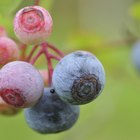
Nutrition Information on Blueberries

The Nutrition of 15-Bean Soup
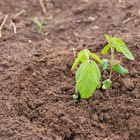
The Nutrition in Soybean Sprouts

Avocado Serving Size & Nutrition
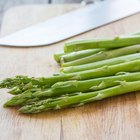
Top Vegetables With Selenium
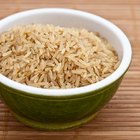
Food Sources of Betaine
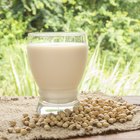
Fiber in Soybeans
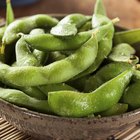
The Nutritional Value of Edamame Beans
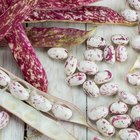
What Is the Nutrition for Cranberry ...
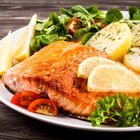
Food Sources of Phosphatidylcholine
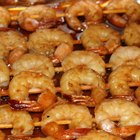
A List of Foods That Contain Choline
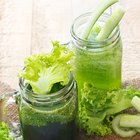
How to Use Lettuce for Hair Growth

L-Lysine for Hair Growth

Arginine for Hair Growth

What Are the Health Benefits of Red ...
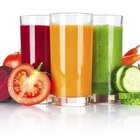
Nutrition Drinks for Diabetics
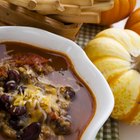
Calories in a Cup of Turkey Chili

How Many Calories in a Taco Bell Bean ...
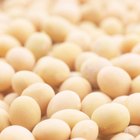
How to Cook Raw Chickpeas or Garbanzo ...
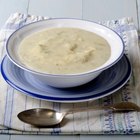
Potato Leek Soup Nutrition
References
- U.S. Department of Agriculture: National Nutrient Database: Mung Beans, Raw
- Food and Drug Administration: Guidance for Industry: A Food Labeling Guide (14. Appendix F: Calculate the Percent Daily Value for the Appropriate Nutrients)
- U.S. Department of Agriculture and U.S. Department of Health and Human Services: Dietary Guidelines for Americans, 2010
- Foodsafety.gov: Sprouts: What You Should Know
Writer Bio
Natalie Stein specializes in weight loss and sports nutrition. She is based in Los Angeles and is an assistant professor with the Program for Public Health at Michigan State University. Stein holds a master of science degree in nutrition and a master of public health degree from Michigan State University.
Photo Credits
Comstock Images/Stockbyte/Getty Images